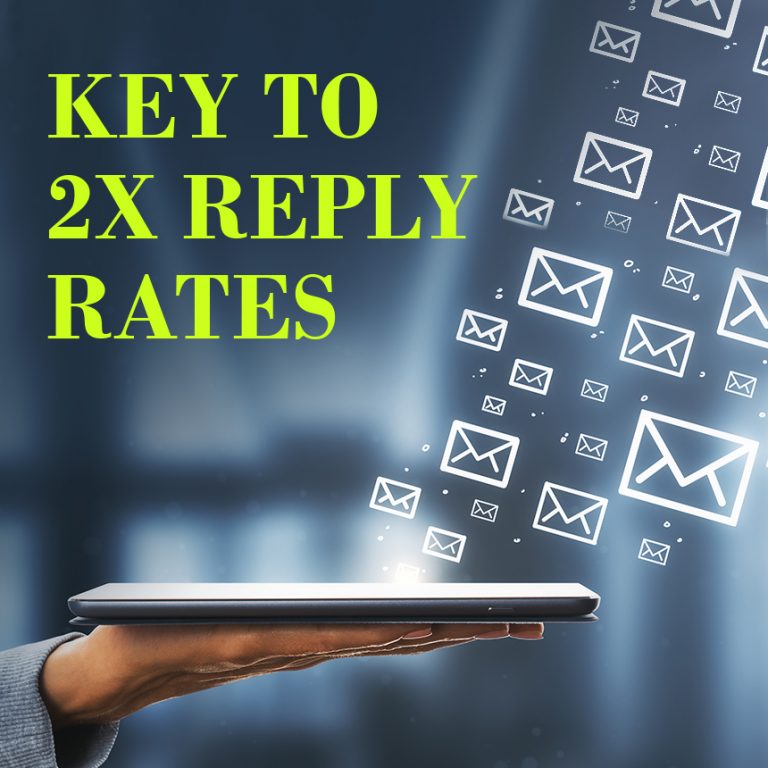
We have observed that sellers struggle to connect with their customers in a noisy sales landscape. The existence of open and lingering questions keeps sales leaders and sellers up at night. The data collected till date suggests that the more we personalize our communications, the better results we’ll see.
But what are the best practices of personalization to maximize results? How to identify the right amount of personalization? How much is enough to increase sales?
These questions would be difficult to answer without any research. But thankfully, we have research data in hand.
Before we explain how to personalize, let us understand how much impact email has on day-to-day business activities, especially sales.
As per data, emails ensure 3,800% ROI, which means $38 for every $1 spent. Nearly 93% of B2B companies use email as the medium to distribute content. 73% of consumers prefer to receive communications from businesses via email, while 99% of customers check their email almost every day.
So now you understand why email campaigns should be one of the critical aspects of your business strategy.
Related: 5 Successful Strategies For Your Email Marketing Campaign!
Now let us understand how to personalize sales email campaigns:
Email performance can be attributed to these two key metrics – Open rates and Response rates. But these numbers are significantly impacted by the personalization of email titles and subject lines. One way to achieve personalization is by including unique consumer attributes or properties.
Below are a few common attributes of customers that you could include in emails for personalization:
Similar background:
You could create related email content targeting those consumers who attended the same college, worked in the same company, or know common people.
Similar Challenges:
One way to classify customers is on the basis of similar challenges faced or the problems they have. For example, you can target those who are currently looking for health insurance policies.
Buyer’s Persona:
Online businesses must have customer behavior tracking tools so that they could monitor how customers behave on their site. For example, what are they searching on their website, which products they clicked to read more information, did they add products in their cart, and later abandoned them. Such information could help you target customers to inform them of similar products that they might be interested in buying.
Sales Cycle:
The other classification option is to track those customers who have a record with your company, i.e., they either ordered products from you and have stopped ordering for the last few days or months. Or you could also check what products they are currently ordering so that you could also recommend them some complimentary items to purchase.
To achieve sales email personalization, you must place more emphasis on the quality of email activities over the quantity of email delivery. As per the research, 20% personalization is adequate to achieve a 40% increase in the open rate, and a whopping 112% increase in the reply rate. One point that you should consider is not over-personalizing sales emails. Too much of personalization drops the performance of email campaigns because the content deviates from the main objective.
You might be wondering which email platform could provide you the best templates that keep your objectives intact. We recommend trying GoFounders My Invitation tool that allows you to create and store email designs and content for target audience groups. Along with this, GoFounders is coming up with a “Marketing Campaigns” tool that automates email designing and sending invitations for webinars and registration purposes. Register today to receive effective sales email personalization options.



Andrina
4 years ago
ONPASSIVE
4 years ago